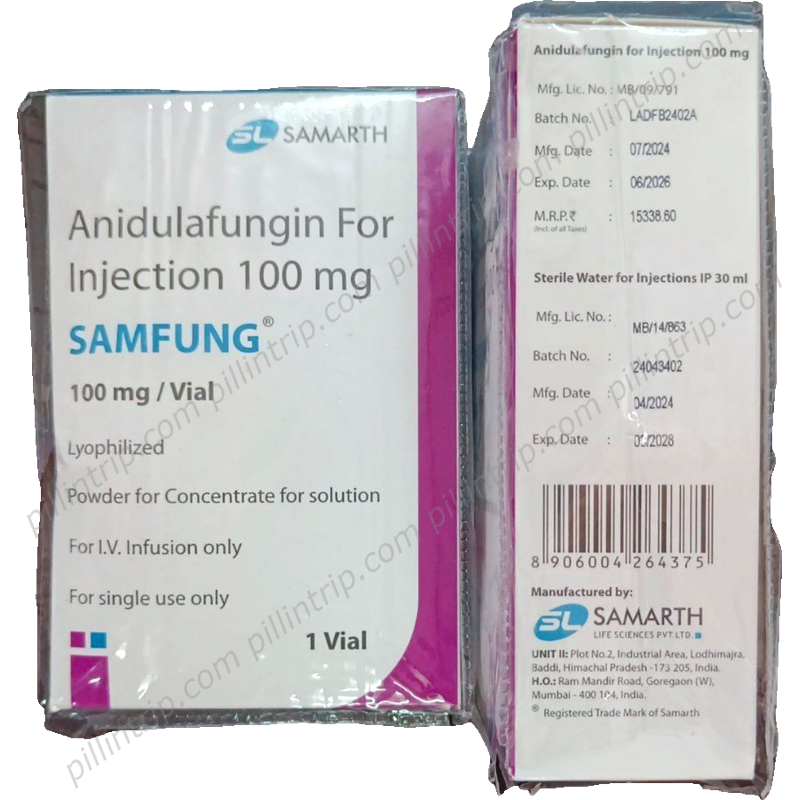Ecalta
重要なセクションへのクイックリンク
Ecalta
選択されたフォーム
Medically reviewed
Last updated on 12/22/2025
このページは、公式な医療情報源から収集された、一般的で参考レベルの情報を提供しています。これは、専門的な医療アドバイス、診断、治療に代わるものではありません。健康に関する判断を行う際には、必ず資格を有する医療専門家にご相談ください。
Ecaltaの概要
Ecaltaで起こり得る副作用
過量投与および緊急時の対応
Ecaltaの治療上の用途
使用適格性および使用上の制限
他の医薬品との相互作用について知っておくべきこと
作用機序
用法・用量に関する情報
最新の臨床エビデンス
よくある質問(FAQ)
Ecaltaの保管および廃棄方法
注意! 丸薬や薬を使用する前に、常に医師または薬剤師に相談してください。
Ecaltaに相当します:
 Russia
Russia Mexico
Mexico Colombia
Colombia India
India Georgia
Georgia Lebanon
Lebanon Israel
Israel Canada
Canada USA
USA Thailand
Thailand South Korea
South Korea Turkey
Turkey Malasia
Malasia Bangladesh
Bangladesh China
China Brasil
Brasil Ukraine
Ukraine Vietnam
Vietnam Phillipines
Phillipines Costa Rica
Costa Rica Tunisia
Tunisia Macedonia
Macedonia Hong Kong
Hong Kong Serbia
Serbia Japan
Japan Kenya
Kenya South Africa
South Africa Oman
Oman Belize
Belize Egypt
Egypt Taiwan
Taiwan Venezuela
Venezuela Ecuador
Ecuador Australia
Australia Trinidad & Tobago
Trinidad & Tobago Bahrain
Bahrain New Zealand
New Zealand Myanmar
Myanmar Singapore
Singapore Pakistan
Pakistan Slovenia
Slovenia
